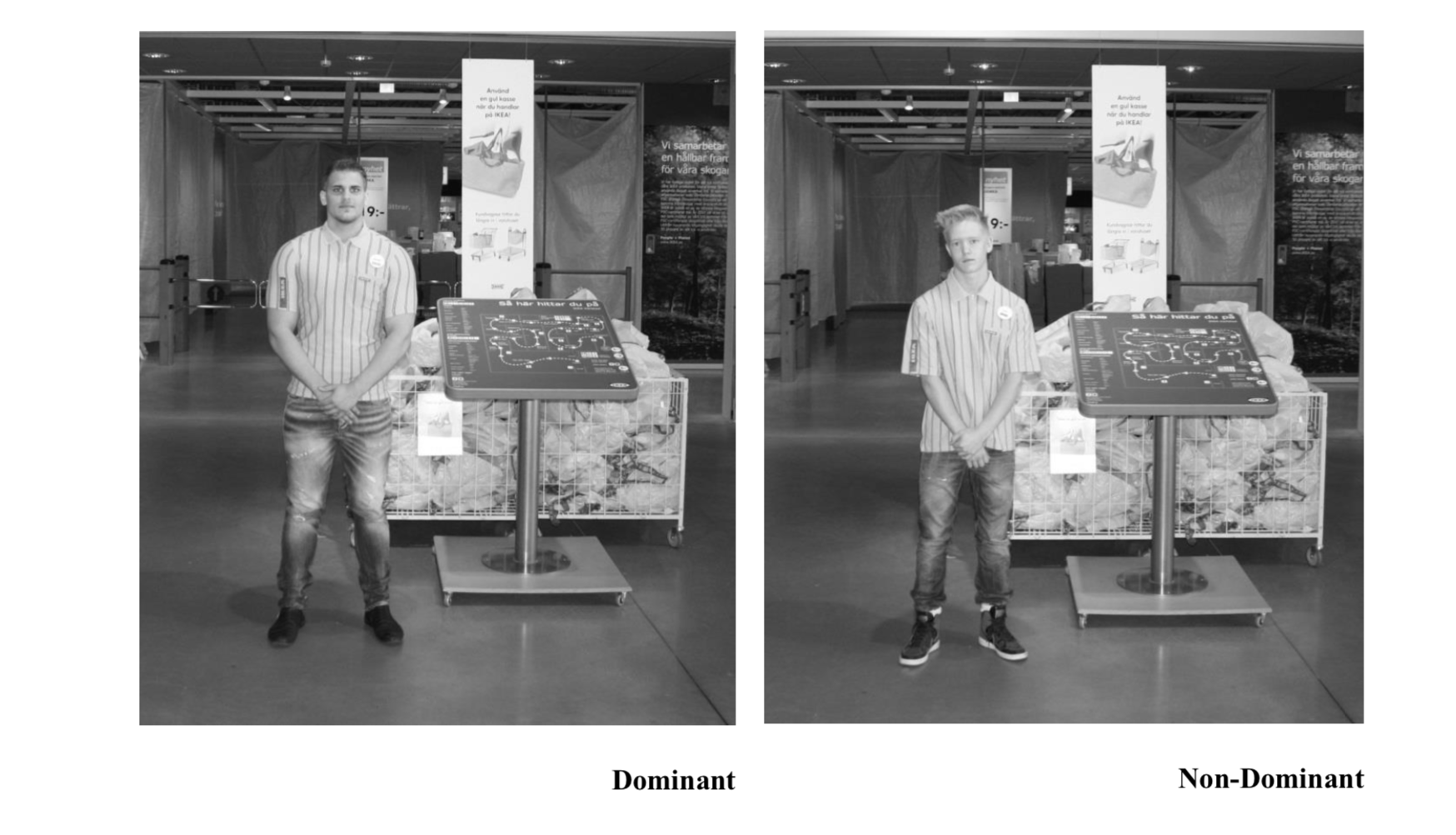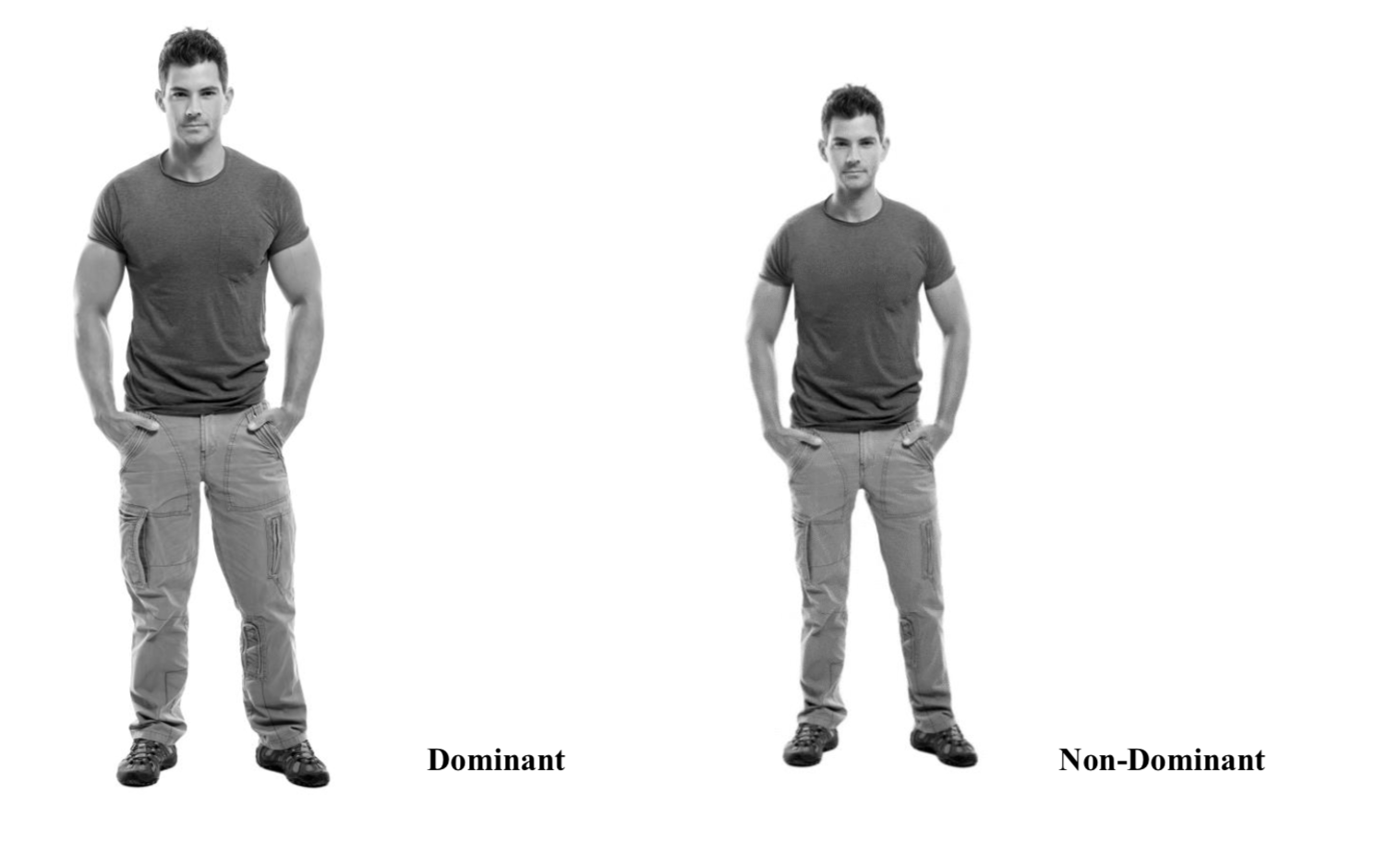Men Beware: The Abercrombie & Fitch Effect
Relevant topics Archive, Conversion
Have you ever dared to walk into an Abercrombie & Fitch store? Then the memory of the many muscled six-pack wielding employees probably hasn’t vanished from your mind. The brand seems to be built around the young and fit male employees who guide the customer towards a – likely – pricey fashion investment.
Does this strategy work? Does the sight of bulging biceps, tall v-tapered physiques, and chiseled jawlines truly make the average Joe reach deeper into his wallet? Let’s find out – because science has found an answer.
Why physically dominant employees sell more…
A team of social scientists conducted an experiment to find out exactly whether or not a physically dominant male employees lifts store sales. Their area of investigation: a large global furniture retailer.
On some days, the customers were greeted by a tall physically dominant man. At other days, this Adonis of the retail industry was nowhere to be found.

The impact of this short encounter with a physically dominant man was quite astounding – for male shoppers at least. In the case of female shoppers, the measured purchase patterns were exactly same, regardless of the amount of muscle at the entrance. On the other hand, male shoppers were clearly influenced.
When there was no physically dominant employee, men and women spent roughly the same amount… around the figure of $ 9,50. But when the physically dominant employee was present, men’s expenditures increased by a staggering amount of 94% to almost $ 20,-. The Abercrombie & Fitch Effect plays out wonderfully.
This alone provides a valuable marketing insight. Women clearly don’t care that much about the employees’ physical appearance – from a shopping point of view, that is. Men are much more easily swayed. But not all men are swayed equally, as the researchers found out in the next follow-up experiment.
Newneuromarketing is looking for new authors! Are you up for the job?
Send us an e-mail at tim@newneuromarketing.com to become an author and start spreading knowledge.
… if you’re a short scrawny man
The employee’s physical dominance isn’t the only factor in guiding men’s preference towards high-status and expensive products. The customer’s own physique and male hormone levels appear to matter a lot, too.
In another experiment, the researchers compared the preferences of short men against those of taller men. Short men’s preferences shifted towards bigger flashy logos after encountering a physically dominant male than after encountering a regularly built guy. For men who are tall themselves, this preference shift didn’t occur.
In another experiment, the scientists looked at the ratio between ring and index finger, which is correlated with one’s level of testosterone. After seeing a muscular employee, men with lower testosterone transformed into competitive shoppers – increasing their preference for conspicuous high-status products – more so than men with higher levels of testosterone.
Applying the Abercrombie & Fitch effect to retail, sales, and advertising
In total, the researchers conducted three experiments. Interestingly, a simple photo of a physically dominant male was enough to increase the allure of subsequent high-status products in other men. In other words: the sales-boosting effects of physical dominance extend far beyond the brick and mortar retail world.

The researchers point out how sales firms can utilize their findings by assigning tall, athletic salesmen to manage the accounts of shorter male customers for prestigious goods such as luxury cars, exclusive watches, and jewelry.
In the realm of advertising, typical status-enhancing product categories such as fashion, cars, perfume and designer furniture will benefit from physically dominant characters and spokespersons.
Note that physical dominance isn’t the same as physical attractiveness. While many high-status product categories have certainly embraced the latter for ages, it’s the tallness and muscularity what truly matters for the Abercrombie & Fitch effect to take place.
Men don’t buy beauty. They buy dominance.
Further Reading
-
5 Best NeuroMarketing Insights You Might Have Missed - First Half Of 2018
Are you up to date?
Knowledge is expanding faster and faster nowadays, it’s said to double every 12 hours! This means that there’s a lot of neuromarketing facts including new tips and tricks you might have missed. The past half year, there have been articles on dominance, packaging, the prediction of Tinder dates, pricing green products, and sound/smell in stores and ads. We summarized the main findings below. Sit back in your beach chair and get ready for some new inspiration!


